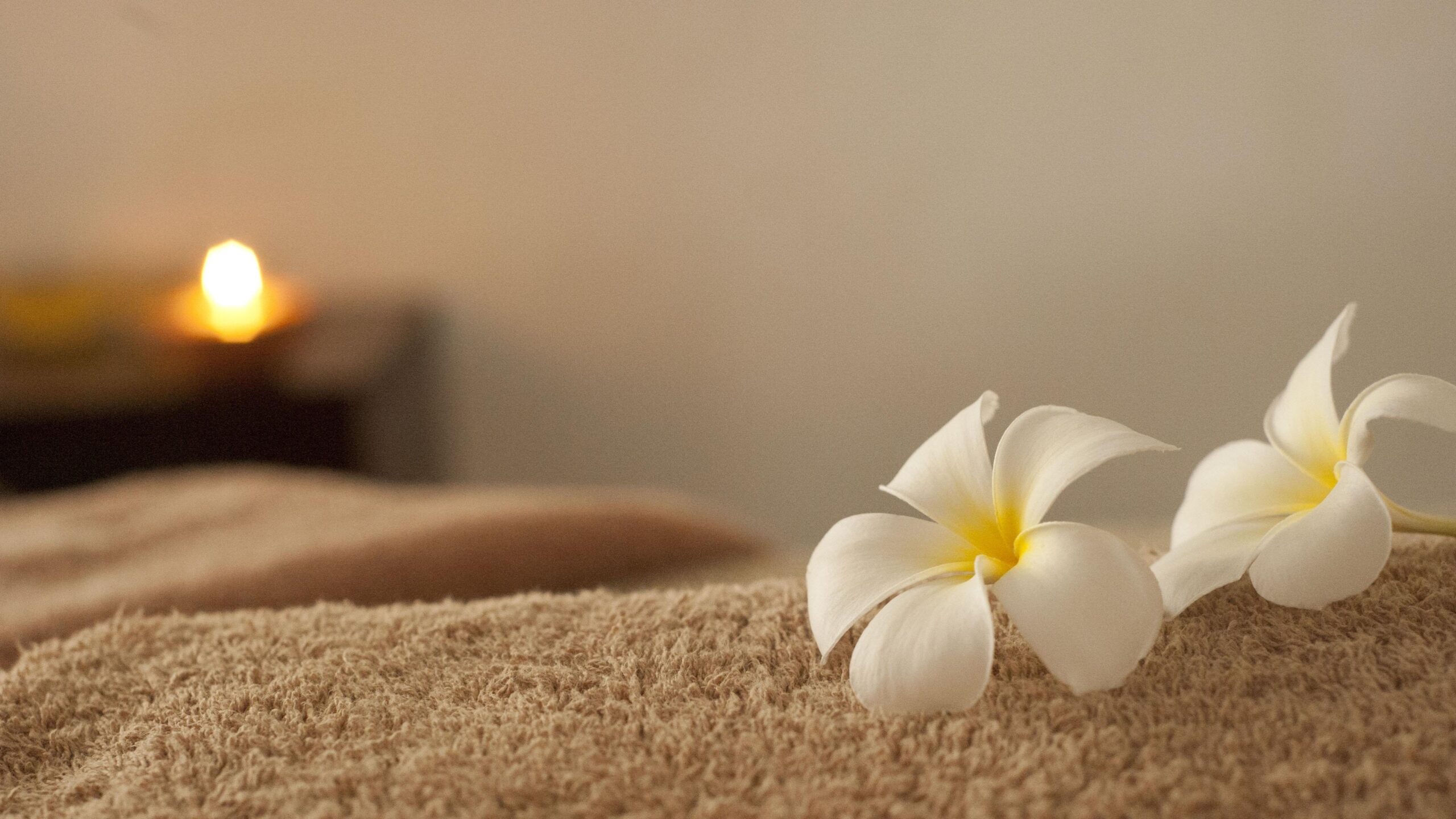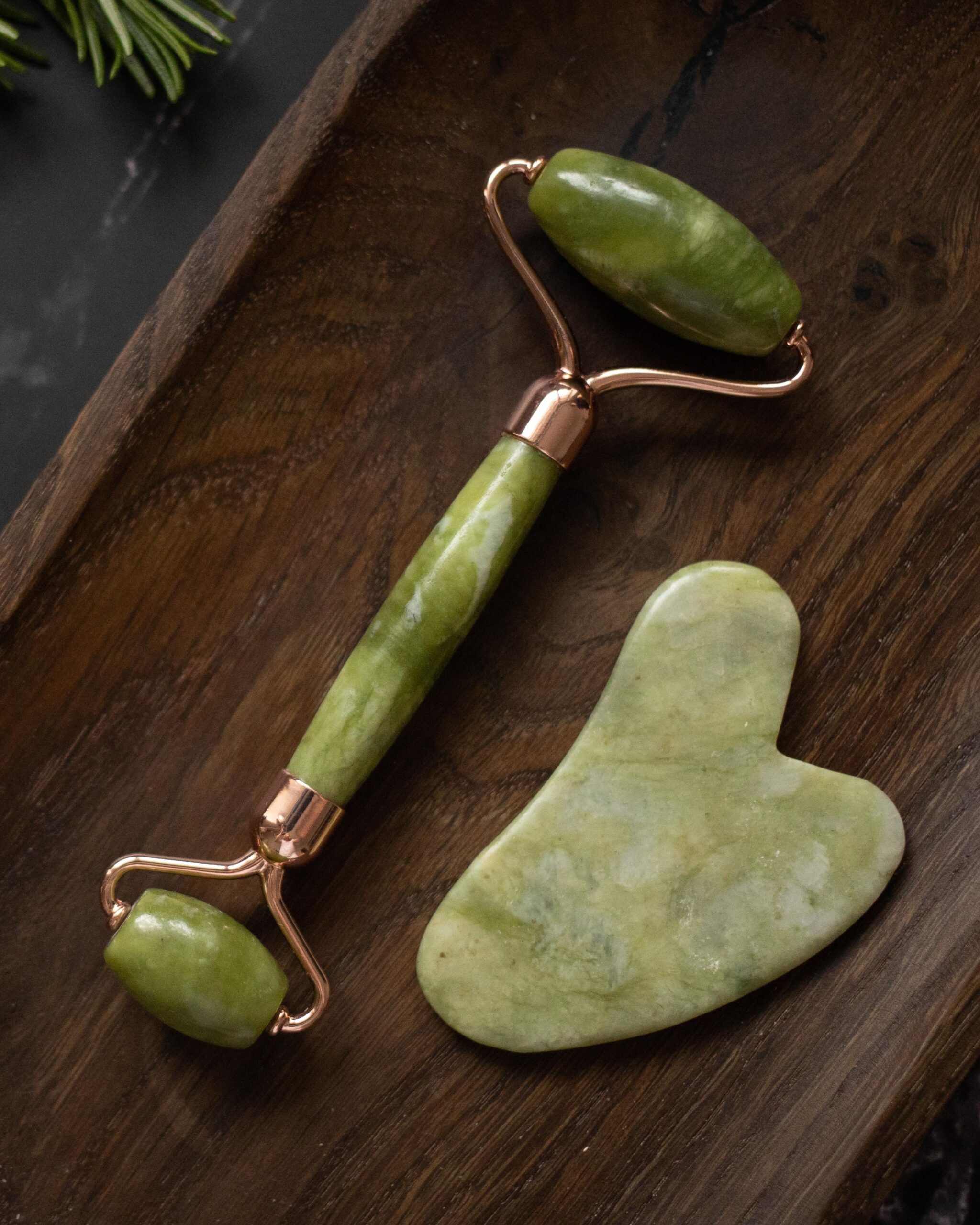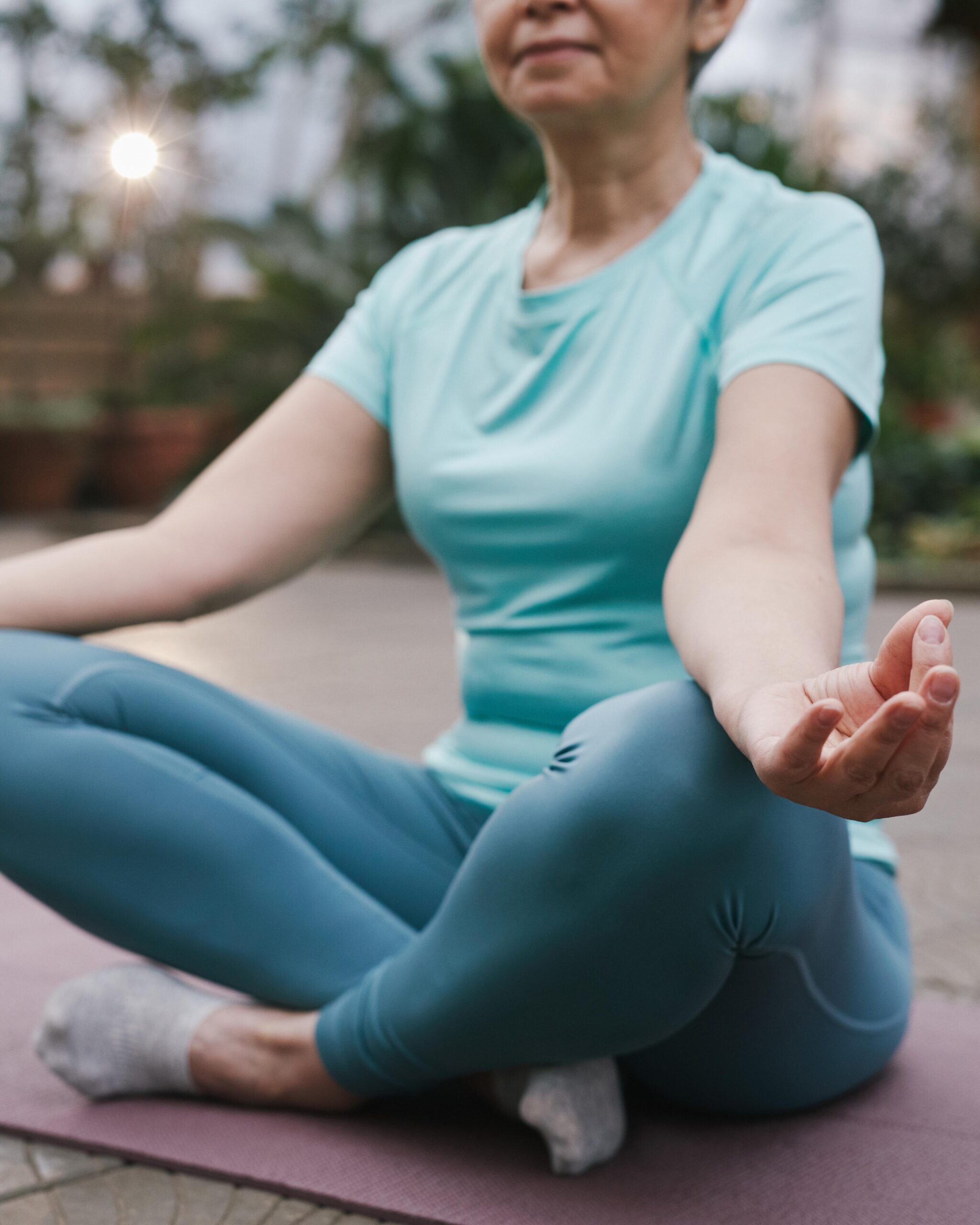
What We Do During Treatments
what actually happens
AT YOUR FIRST VISIT
You’ll arrive at the office wearing comfortable, loose-fitting clothes. Most ideally you will not have brushed or scraped your tongue that day. And you’ll have had a light snack 1-2 hours prior to the appointment.
In your first visit we’ll talk for about 50 minutes to get a complete medical history. This only happens the first visit.
You’ll kick off your shoes and lie down face up on the treatment table. You’ll receive gentle Tui Na (Chinese Medical Massage) which helps assess the state of the channels while regulating your nervous system.
Next, I will take your pulse and look at your tongue. This gives a snapshot of the communications between your body systems and the state of fluid physiology dynamics.
I will take a few moments to pull everything together, and then share a Traditional Chinese Medicine diagnosis and initial suggested treatment strategy and plan.
Once you feel comfortable with the plan, you will be guided into a meditative breathing pattern while receiving acupuncture and any additional modalities. You’ll then have 20-45 minutes to rest quietly with the points.
We finish with a quick treatment debrief, discuss your herbal formula for the week, confirm your appointment schedule, and you’re ready to head home!

Acupuncture
Acupuncture is used in each treatment to communicate with and engage the patient’s Qi. Treatments are designed to encourage functional changes that will restore balance between the Five Vital Substances and Yin/Yang, thus allowing the body to remember its ideal function in a state of harmony.
In Western terms, Acupuncture needles are a medical device inserted into specific points that stimulate the most abundant nervous system receptors in living organisms — the purinergic nervous system. This signaling releases ATP (adenosine triphosphate, a co-factor in all nervous system activity in the human body) and triggers a host of reactions. The purinergic system has been shown to additionally regulate many stem cell functions and is implicated in treatment of numerous health conditions.
Click here for a thorough review of the current state of related scientific findings.
Herbal Medicine
While Acupuncture shows the body how to shift its patterns of interaction, Herbal Medicine offers the resources your body needs to make the change. Formulas are custom-created each treatment, crafting medicine that will address exactly what is happening in your body and give the support needed to shift pathological patterns.
Chinese Herbal Medicine has a nuanced structure. Rather than prescribing single herbs matched to symptoms, herbalists take advantage of synchronistic effects of herbs in complex formulas to treat both the branch (unpleasant symptoms) and the root (cause of disharmony) of each patient presentation.
Thousands of years of case study records from physicians reveal information for treating any condition and thoroughly understanding the mechanisms of different herbs and formulas. Modern studies continue to corroborate the practical use of herbal formulas for many patient presentations.
Soulfire Medicine carries approximately 200 ethically-sourced and lab-tested herbs to create the best possible custom medicine for your needs.


Tui Na
Chinese Medical Massage has all the known benefits of massage (such as relaxing the nervous system and relieving pain). In addition, Tui Na treats specific internal illnesses and musculoskeletal conditions through use of the Primary and Sinew Channel systems. Archaeological evidence suggests Tui Na was first practiced at least 3000 years ago.
Tui Na creates therapeutic effects by stimulating specific points and areas of the channels related to the patient’s disharmony. Treatments may combine manual massage, passive stretching or joint articulation, mindfulness and subtle energy work (medical Qi Gong) to achieve the best results.
Gentle/Yin Tui Na is incorporated at the beginning of each treatment. This helps calm the nervous system and assess the state of the channels prior to finalizing a diagnosis and treatment plan for the day. More invigorating techniques may be added as needed.
Cupping
“If there is pain, there is no free flow; if there is free flow, there is no pain.” ~Chinese Medicine saying
Cupping has been used for millennia in more than 60 countries to treat a wide variety of conditions such as muscle pain or restricted movement, hypertension, digestive issues, respiratory problems, skin disorders, infertility, and headaches.
Negative pressure is created in a glass cup. The cup is then applied to the body, lifting the skin and connective tissues. This gentle lifting can release adhesions and inert red blood cells caught in the fascia. The vacuum effect also brings oxygenated blood and lymphatic fluids to the region which are then released to flush the tissues when the cup is removed.
In simple terms, cupping breaks up stagnation and congestion to allow free flow and alleviate pain. Cups may be applied “dry” and left in one spot, or they may be applied with a skin rejuvenating oil to “glide” to multiple areas, depending on the therapeutic effect desired. Most people truly enjoy the way it feels, like “a massage from the inside”.


Gua Sha
Gua Sha (also known as scraping, coining, or spooning) is a modality commonly used across Asia in both clinics and at home – a type of “grandmother medicine” used for millennia. A liniment or medicinal oil is applied to the area to be treated, and the tools are dragged along the skin with sufficient pressure to bring sha (petechiae formed by the release of stagnant blood) to the surface.
In recent years Western studies have confirmed the biomechanisms underneath the technique’s immune-stimulating and anti-inflammatory effects, showing a significant increase in microcirculation. As the released petechiae/blood cells are reabsorbed they stimulate formation of substances that create significant anti-inflammatory effect.
Gua Sha has been proven useful in treating diverse conditions ranging from chronic hepatitis to “fever, cough, asthma, bronchitis, emphysema, mastitis, gastritis, musculoskeletal and other painful conditions presenting as neck pain, back pain, migraine, postherpetic neuralgia, and others.”
Nutrition/Lifestyle Therapies
“Let food be thy medicine, and let medicine be thy food.” ~Hippocrates
Every food, every substance, has its own Qi. It will impact your mind-body-spirit based on the unique interaction between your Qi and the food’s Qi. Each person, then, needs different foods to achieve their goals. If you have a pathology of dampness, for example, eating dampening foods will make it worse. But if you have Yin deficiency/dryness, damp foods may actually be beneficial.
There is no one-size-fits all solution when it comes to food and nutrition. Our families have evolved over millennia eating certain cultural foods and products of the regions where they lived. As a result, people whose ancestors lived and thrived in different parts of the world will feel best eating different types and amounts of food.
Chinese Medicine Nutrition Therapy focuses on the whole person and the unique factors in their constitution and environment that require balancing. You will receive recommendations that are suited to your cultural background and lifestyle, while supporting the overall treatment plan.



Heat Therapy – Moxibustion and TDP Lamps
Where there is cold, there is constriction and reduced flow. Heat therapies are used to encourage movement of the Five Vital Substances and restore balance to your body systems.
Moxibustion, the burning of Mugwort on or near acupuncture points, was mentioned in texts as far back as 581 BC for treatment of disease. A review of papers from China shows Moxibustion is effective for treating more than 300 conditions including digestive issues, urogenital and gynecological dysfunction, joint pain, muscle injury, weakness, fatigue, and more.
In addition to moxa, far-infrared therapy TDP lamps are used to promote blood circulation and stimulate the immune system, in addition to reducing inflammation.
Qi Gong + Mindfulness
Qi Gong is a mindful movement practice that ties together mind-breath-movement, and is the “parent” to Tai Chi and Kung Fu. There are many types of Qi Gong practices, ranging from static meditation to physically demanding forms. A 2020 review of nearly 900 studies revealed that 97% showed significant positive effect of Qi Gong and Tai Chi interventions for a variety of conditions. The most common benefits were improved physical function and quality of life, overall symptom improvement, reduced pain, and positive mental health indicators.
Meditation, a mindfulness practice that transcends culture, has been shown to “reduce blood pressure, symptoms of irritable bowel syndrome, anxiety and depression, and insomnia“. Employing mindfulness practices throughout the day leads to healthier eating, better sleep and improved physical health. The psychological benefits of mindfulness practice at work and in all aspects of life have been written about copiously.
Patients will learn simple Qi Gong exercises and mindfulness techniques, based on their interest level, that will support their treatment plan and longterm goals.


Rediscover Wellness with Soulfire Messages
Curated content related to Chinese Medicine, spirituality, and eclectic esoterica.
Presented in a hodgepodge of written words, podcasts, and YouTube videos.